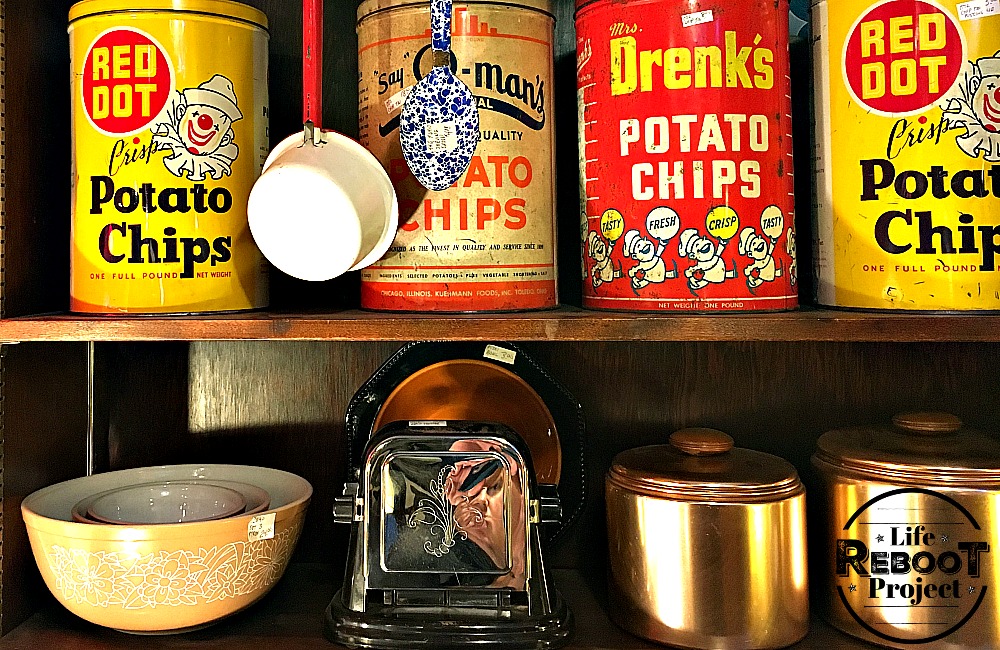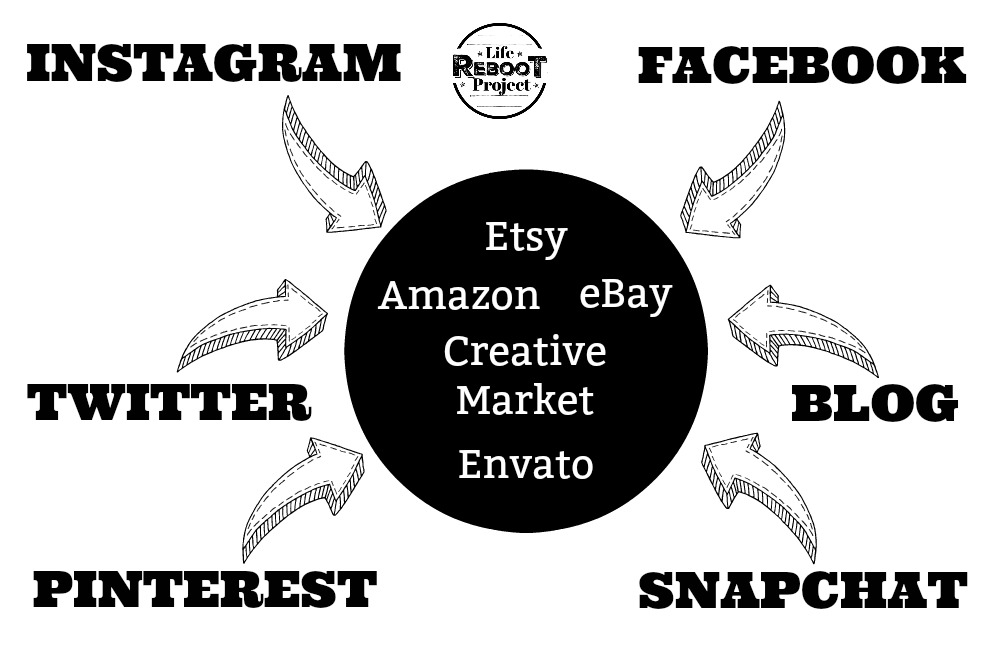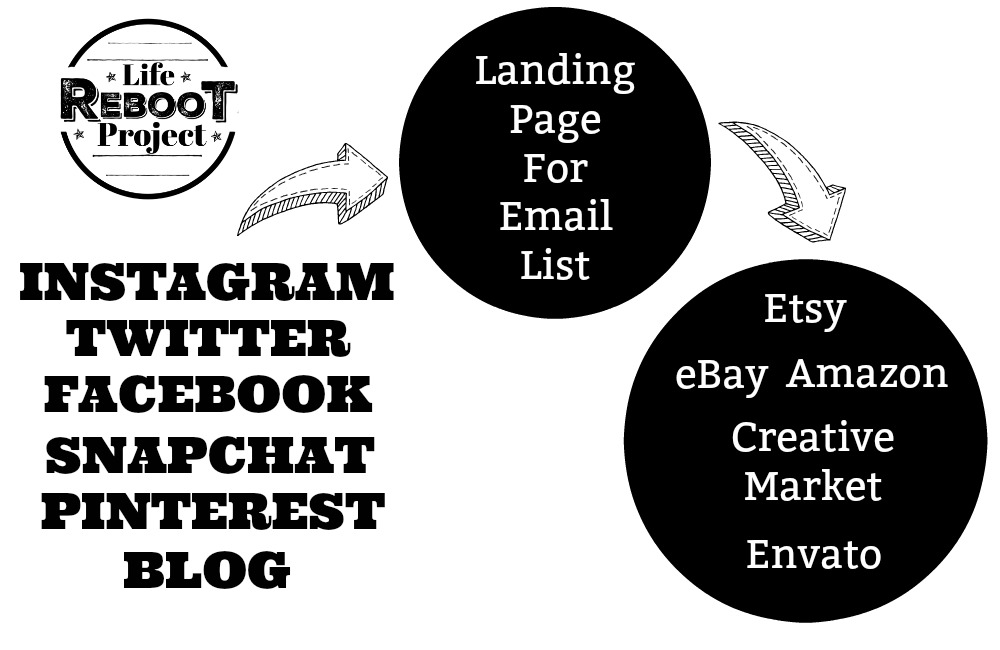
This article may contain some affiliate links. I may earn a small commission if you purchase through these links.
Do you know what your competition is doing? I found when I am trying to build something; it’s better to look at what people do instead of what they say they do. I’m not saying people lie about how they run their business, but they might not tell the whole story. I have a system I use to map out what other people are doing online.
I’m not going to get creepy here. I’m not looking up phone numbers or addresses. What I am going to teach you are the methods I use to deconstruct what other people are structuring
Besides I find some of the ways people make money online absolutely fascinating.
I love studying business models. Even before I got online I was always interested in people’s stories about how they structured their businesses and how they chose to market them.
I could listen for hours to people talking about their businesses and why they did ‘this’ and didn’t do ‘that’. The ones that frustrated me were the ones who didn’t want to tell or worse yet seemed to get lucky and really had no clue why they were successful. They would say something like, “It was my bread. My bread was the best in the city.” Yea, maybe so. But, I want to know how people found your bread. Did you have a newspaper or magazine review which gave you the initial push or was it that you slogged away for 35 years waiting for word of mouth to finally take off?
Now, I take my love of business model deconstruction to the internet. And follow links like a roadmap around people’s business and marketing structures. One thing I have found is that every one of them is unique in some way. Usually, I find large groups of them which are similar which tells me they all learned from the same guru.
The ones I like are when I stumble upon a new niche doing something I’ve never seen before. Kind of like the first time I learned about ‘influencers’. I always knew website advertising existed. What blew my mind was the amount of money big brands were paying people to ‘influence’ their customers. If you haven’t heard, it’s now in the hundreds of thousands if not millions. I won’t show you specific accounts or people, because that is kind of creepy. What I want to show are some of the different ways people are making money and how the direct traffic around the web.
So, now let’s take a tour, and let me show you some of my sleuthing systems to deconstruct other people’s profitable business structures.
Let’s start on social media.
I usually get my start somewhere on social media when I find someone doing something I get interested in or they are doing something totally unique in a niche I’m already interested in. People doing something unique in a creative sense often do something unique in their business as well. This is where I start the hunt. I can spend hours looking at people’s social media accounts following links and deconstructing their sales tactics.
If you are on Instagram or Twitter search different hashtags for people who seem to be leaders in the niche. You can tell these people by the size of their posts, their number of followers, or if they are offering courses or education.
Most people selling courses will be leaders in the niche. In a more arts and craft type business, you will probably be able to tell leaders by the quality of their content.
Here is a little side note I love doing in the art niche, especially on Instagram. I love looking at people’s progression of talent so to say. I compare what people were creating several years ago or even when they first started and how it differs from what they do now. Some of the transformations I’ve seen are incredible. It shows the dedication people have to their craft to keep working on it.
Off to a shopping cart or sales site.
In the arts and crafts world, the most popular place to send someone is a sales site like Etsy, Creative Market, or even Amazon. Most do this through a link in their social media profile. Etsy has been around for quite a while and most people who are into the crafting culture know it or has used it to make purchases. Enhance your customer experience with the user-friendly solutions of the Top 20 merchant services.

The interesting thing about Etsy is, I think, the movement toward buying personally crafted items is growing more now than ever. If you have a craft-style business I highly recommend getting on Etsy and start selling your products. I recently saw an ad on prime-time network television during a football game for Etsy. They wouldn’t be spending money in this area if their market wasn’t there plopped in front of the TV to watch Sunday football. Their market is expanding and they know it.
Many authors and non-craft-type sellers are using Amazon as their platform of choice. Having products listed on the website of the biggest retailer in the world has its advantages. First, you get to use their immensely successful sales platform. They have teams of marketers analyzing and testing their systems. Even big-box brick-and-mortar businesses are struggling to keep up. Next, they also have systems in place to take your product from sales to delivery. I have some books on their site which I never have to touch. Amazon takes the order, prints the books, delivers them, and sends me the check. I had to do nothing than put an edited book on their site, and they take care of the rest. I love Amazon and plan on doing more with them in the future.
What about capturing their email address?
Direct linking to a sales site is ok. But, why not take the opportunity to capture their email address before sending them someplace where the competition sits only a couple of clicks away? I found artists sending people to their dedicated stores on these platforms without capturing any way to try and make additional sales. These separate sales sites make it easy for someone to click on and search out competitors’ products. All the work done on the person’s social media site is lost unless they take an action toward buying from that person. The best thing is to capture an email and have a way of remarketing to them even if they do not purchase from them on the first trip to their sales page. Amazon even put a suggested list on the bottom of their pages to introduce customers to the competition.
I suggest sending them somewhere to capture an email address or get some way to remarket to them later. Right now, email is my method of choice. People keep trying to kill it or say it’s already on its death bed with one foot in the grave, but it still has way too many plusses and nothing else has stepped up to take its place.
SMS text messaging looks promising, but it has that head-snapping attention-getting appeal, but the messaging is way too short and it requires someone to take another action. Snapchat is close, but it still is too early in some markets to be universally effective. This is the system I recommend.
Use your own dedicated landing page.
I would rather u
Some people sign up with a service like Leadpages to assist in capturing an email. The landing pages created by Leadpages are specifically designed as a sales message to encourage an email sign-up. With Leadpages you don’t need the extra time and effort which goes into a full-blown website. For a simple subscription, you can have a number of different landing pages performing all different tasks. They act

You can use a blog or other type of website to capture a lead, but usually, they contain leaks. A leak is an option you give the reader to do something other than sign up for your offer. If you send someone to a dedicated page on a blog, they have the opportunity to go milling around reading other things instead of taking the desired action. Once they start doing something else, it’s rare they will return just to sign up for your list. It’s why I like dedicated landing pages like Leadpages. A blog then becomes more of a lead generator just like a social media site rather than a home to send all the traffic.
At least if someone signs up for an email list, if you don’t get the initial sale, you can keep sending them good content and sales pitches into the future. Email is that perfect combination of sales and relationship building.
Using Linktree for traffic from Instagram.
I ran across Linktree on an artist’s link from Instagram. What link tree does is give the opportunity to route traffic from one Instagram link to several different places. The way I saw it used was to either give the ‘clicker’ the opportunity to go to signup for a mail list or go directly to a sales site. I thought it could be taken one step further. What if all the options directed the ‘clickers’ to different landing pages based on the intentions of the viewer? If the viewer wanted to buy art prints, they would be directed one place. If the view was a fellow artist interested in buying supplies, they were sent to a different landing page. Instagram only allows so many characters in a personal profile. Using Linktree just expands your options to better narrow your marketing focus to each individual’s needs.
Here is a guess on what a traffic flow using Linktree would look like.
You would essentially pass the traffic through Linktree by asking the potential customer or subscriber a series of questions right on the link buttons. Their answers would send them to the correct location or the correct list builder. If you choose to have a blog where people can find out more about you, use Linktree to send them to your blog. I
I now consider a blog a source of traffic very similar to social media channels, but since interaction on Instagram is limited with its interaction, a blog might be a good destination for some niches.
Let’s talk about making some money.
Now that I covered a couple of ideas for traffic flow, let’s talk about making some money. Once you know your niche and you’ve found some people you align with, it’s time to figure out some of the different channels people are using to sell their talent.
I break these into four general categories. Selling retail products, advertising, selling services (freelancing), and selling coaching or education. These categories can be broken down again into smaller groups. I’ll do a little of that, but when you are thinking about new ideas to try, knowing these four groups will guide you through assembling your own systems of revenue generation. I’ve always believed that the better you understand something at a core level, the better chance you have of building something totally unique and incredible.
Freelancing or doing contract work.
Contract work is the first thing that popped up when I began looking at artists. Since art is a visual medium, I found most of them on Instagram. They display pictures of their work, then in their profile, they had links to either get in contact with them or many have agents where they put contact information for their agent in their bio’s.
Some would even put status updates in their bio as to whether they were accepting new contract work or not.
Freelancing or contracting is the easiest way to make money in your own business if you are in some sort of arts or crafts niche. A good artist could easily be booked up for months with work. This is a great way of making money, but it’s not my preferred method. I like doing freelance work. But, having a steady flow of a more passive income stream makes me a little more comfortable.
Selling retail products.
Selling products seems like the most popular way artists or craftspeople are making money in a more passive way. Artists are selling prints, digital downloads of their prints, t-shirts or other apparel, or even full-scale wall murals of their art. I think artists are more capable of creating unique business models because of the way they think. They already have the creative brain, they just have to put it to use creating new revenue channels rather than just creating. After creating a product uniquely new, they can then experiment with different ways of getting it out into the world. If you want to create distinct sections within your store, such as a dedicated clearance area or a featured products section, shelving for shops can help define and segregate these spaces effectively.
I had an idea one time to sell custom vinyl graphics for kitchen appliances. People who were remodeling their kitchens could vinyl wrap their old refrigerators, dishwashers, or even cabinet faces to save money while still giving their entire kitchen a new look. After doing a search on the internet, I found some companies already doing this. But, could an artist partner with interior decorators to be the sole supplier for their projects? It’s just an idea. If you are an artist, be willing to explore new outlets for your art.
Now let’s talk about Patreon.
If you are a Youtube junkie like I am, you’ve probably stumbled across people looking for contributors to their Patreon account. YouTubers or influences set up Patreon accounts and get viewers to give monthly donations to support them and their work. Many have turned their Patreon channels into a sort of premium subscription with added benefits or access to them. Youtubers are posting premium content to their channel which is only accessible through being one of their Patreon subscribers. An artist can build different levels of contribution and pare with each level, an increasing amount of access or bonus material. Creating ‘free’ content online takes time, commitment, and even often money. Creating a system of patrons to soften the blow helps artists spend more time creating content instead of spending that valuable time making money to support their art.
If the system works as perfectly as its concept, the world should get even more and better content.
How about selling education?
Now the last stream in my category is education or coaching. In the art and craft
Some people use prebuilt platforms like Udemy or Skillshare, others build their own system of delivery. It really depends on the level of time people want to put into the creation of their course and the technical knowledge they have to create it. Udemy and Skillshare create the entire network for someone. All the course creator needs to do is upload the videos and content. Distribution, some marketing, and completing the sale are all done for them at a percentage course fee.
There are probably many more different ways people are making money online. I meant this not as an article to give you all the answers, but more as a roadmap as to what I see happening out there now and to give you some ideas on how to explore and document what others are doing so you can build your own business. The big takeaway here is to never give up exploring, building, and evolving your business. A stagnate business will eventually begin to slip.


